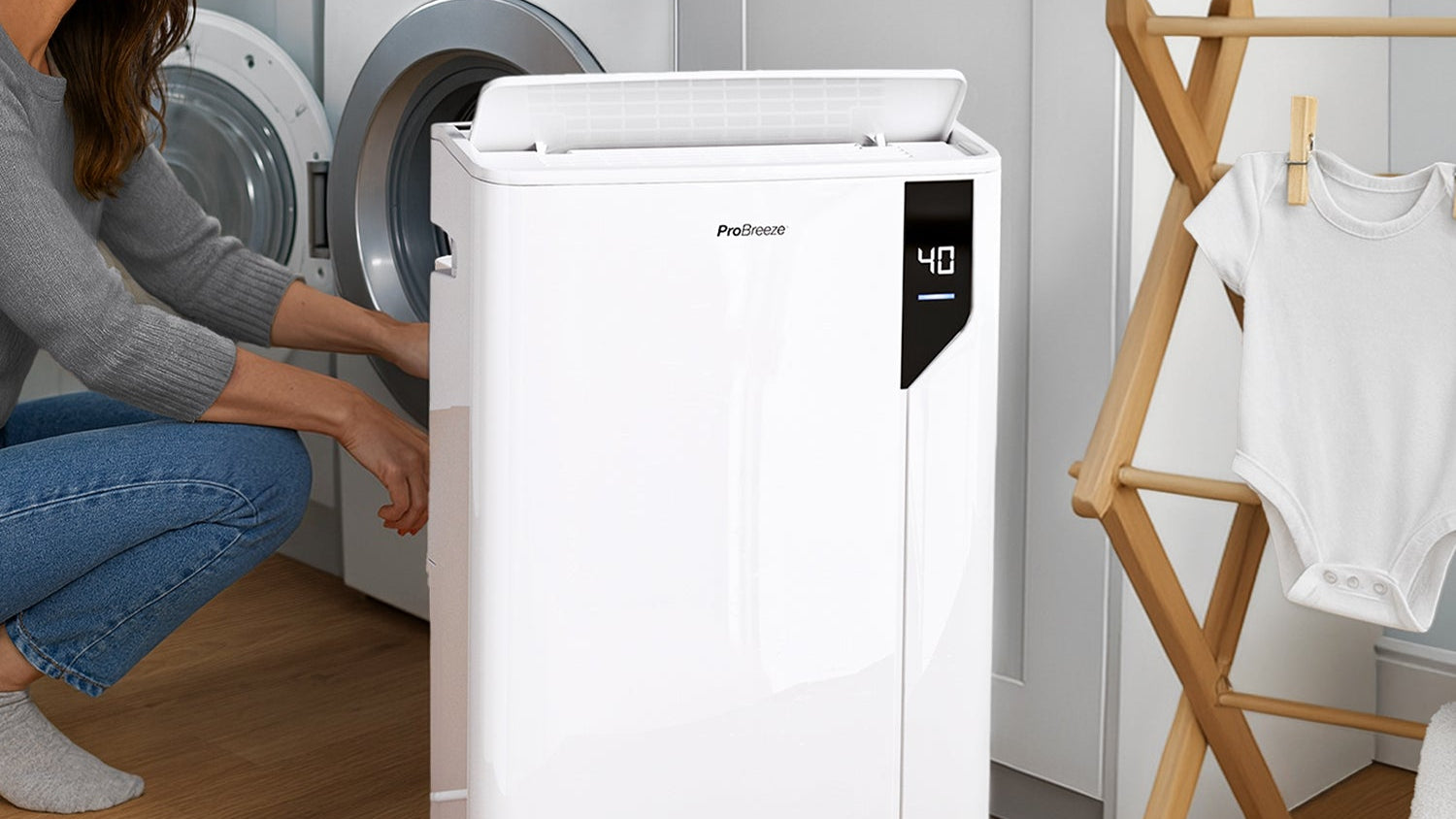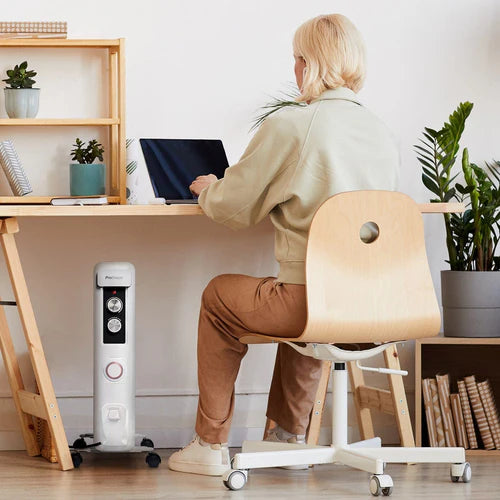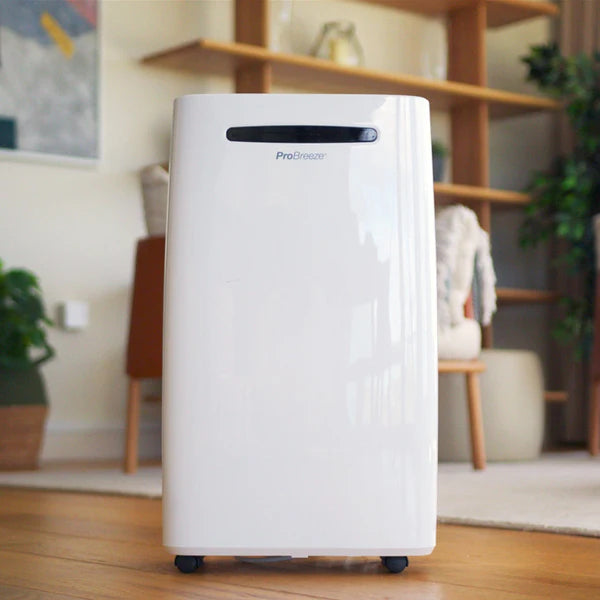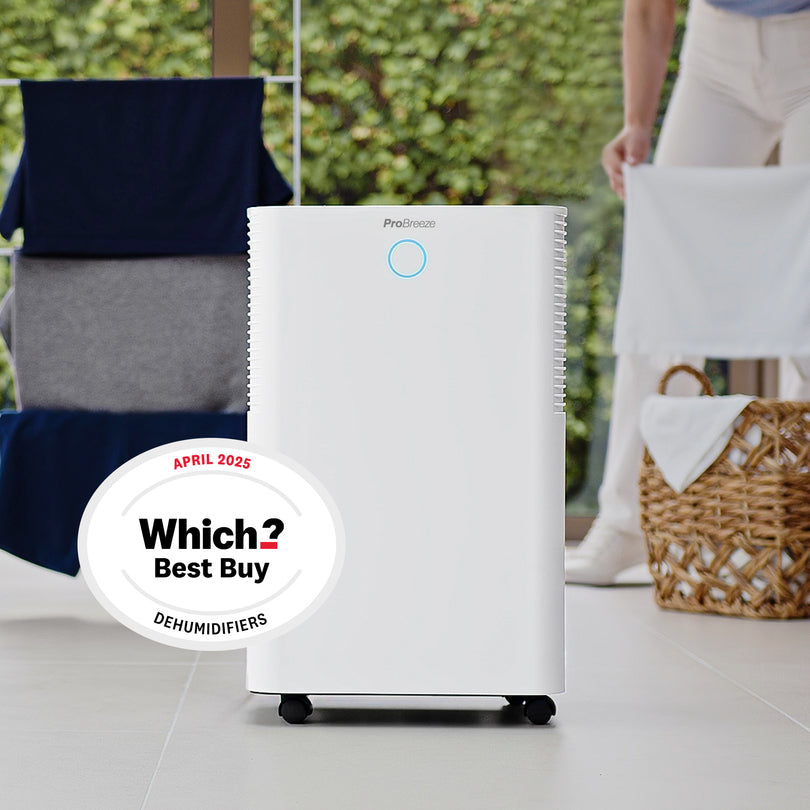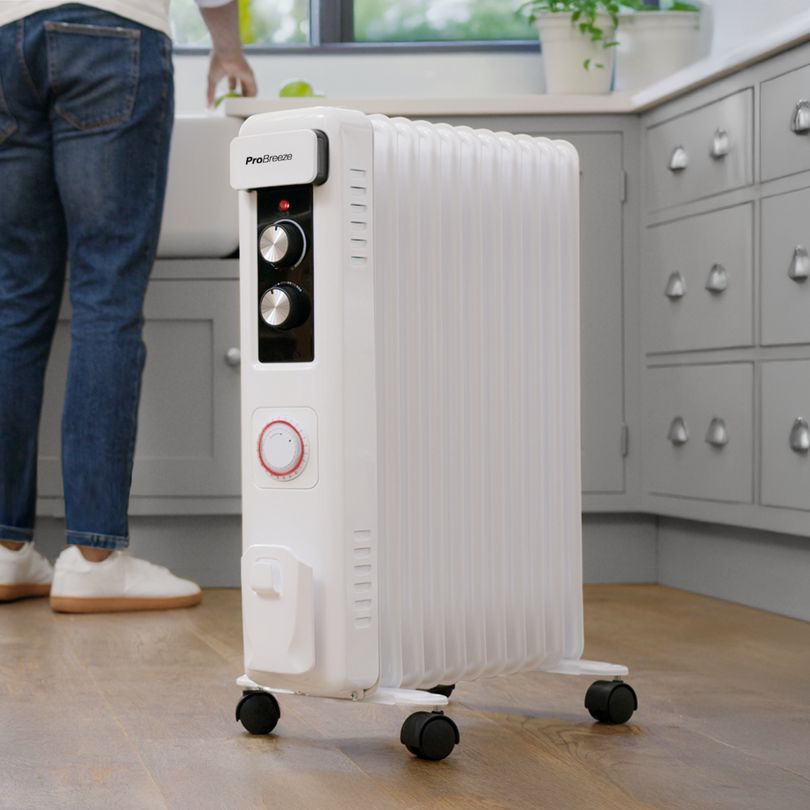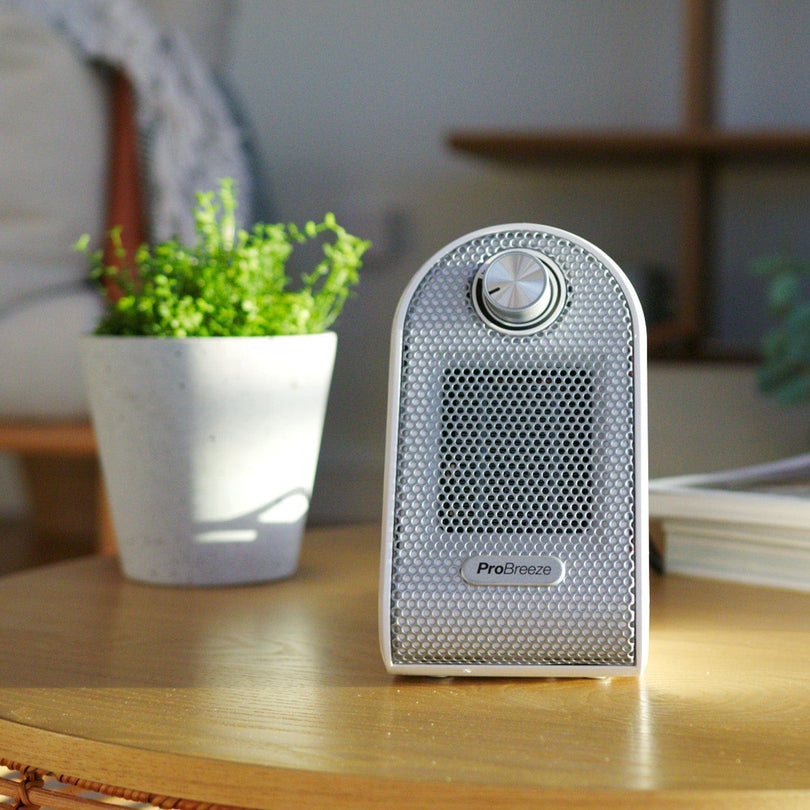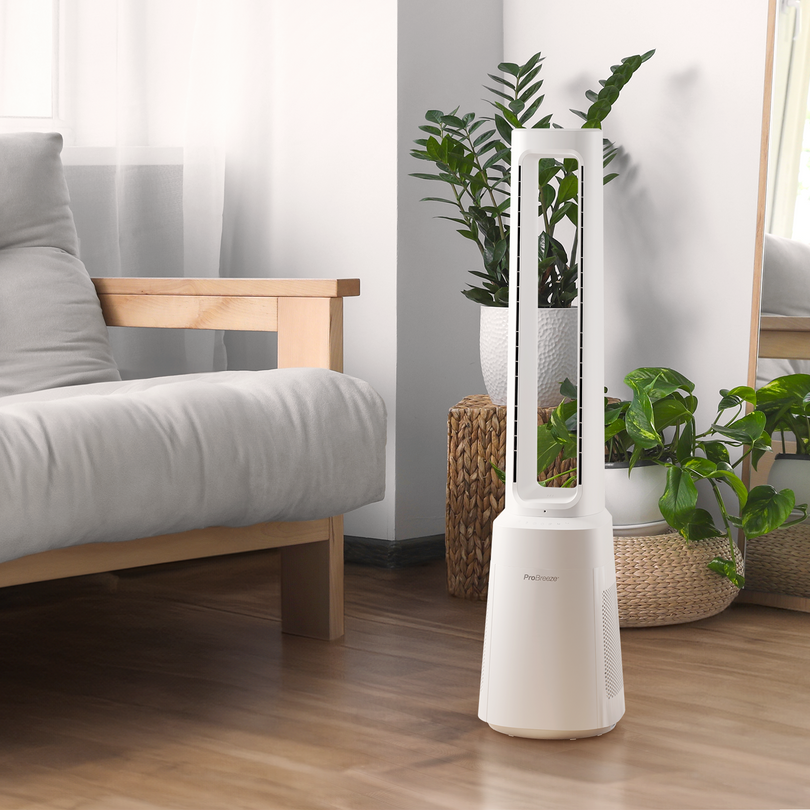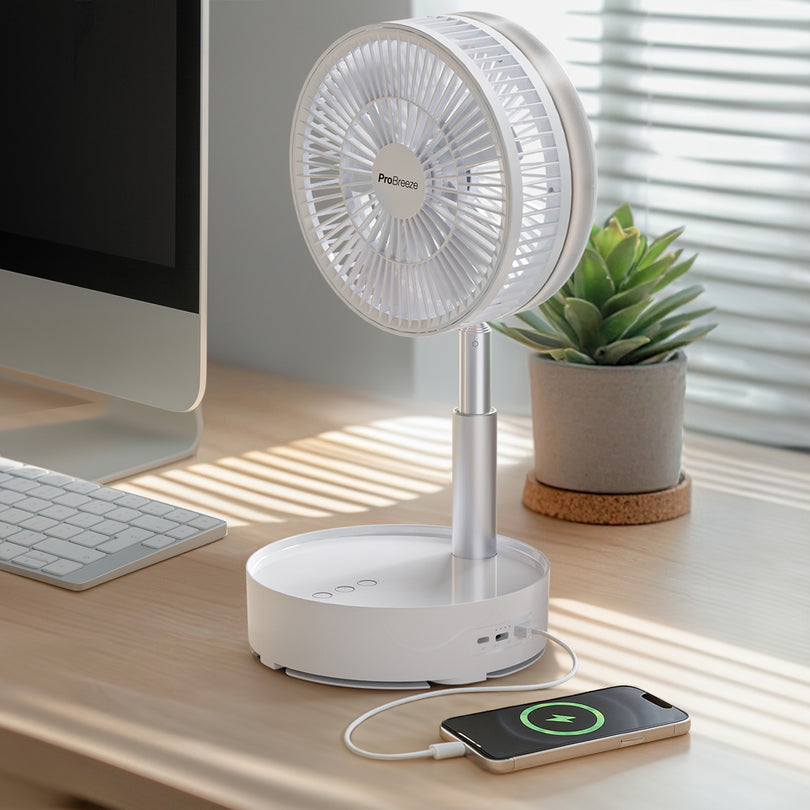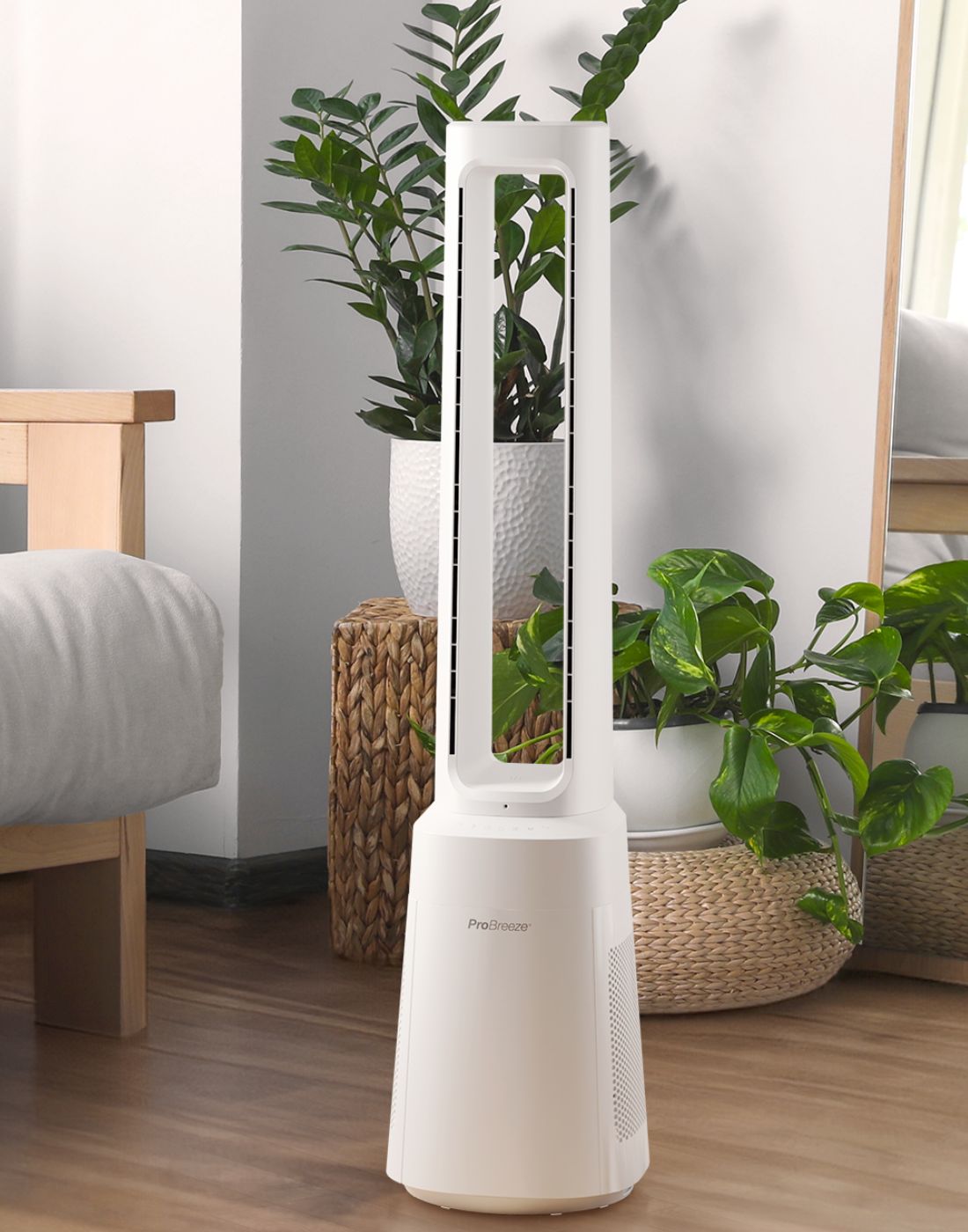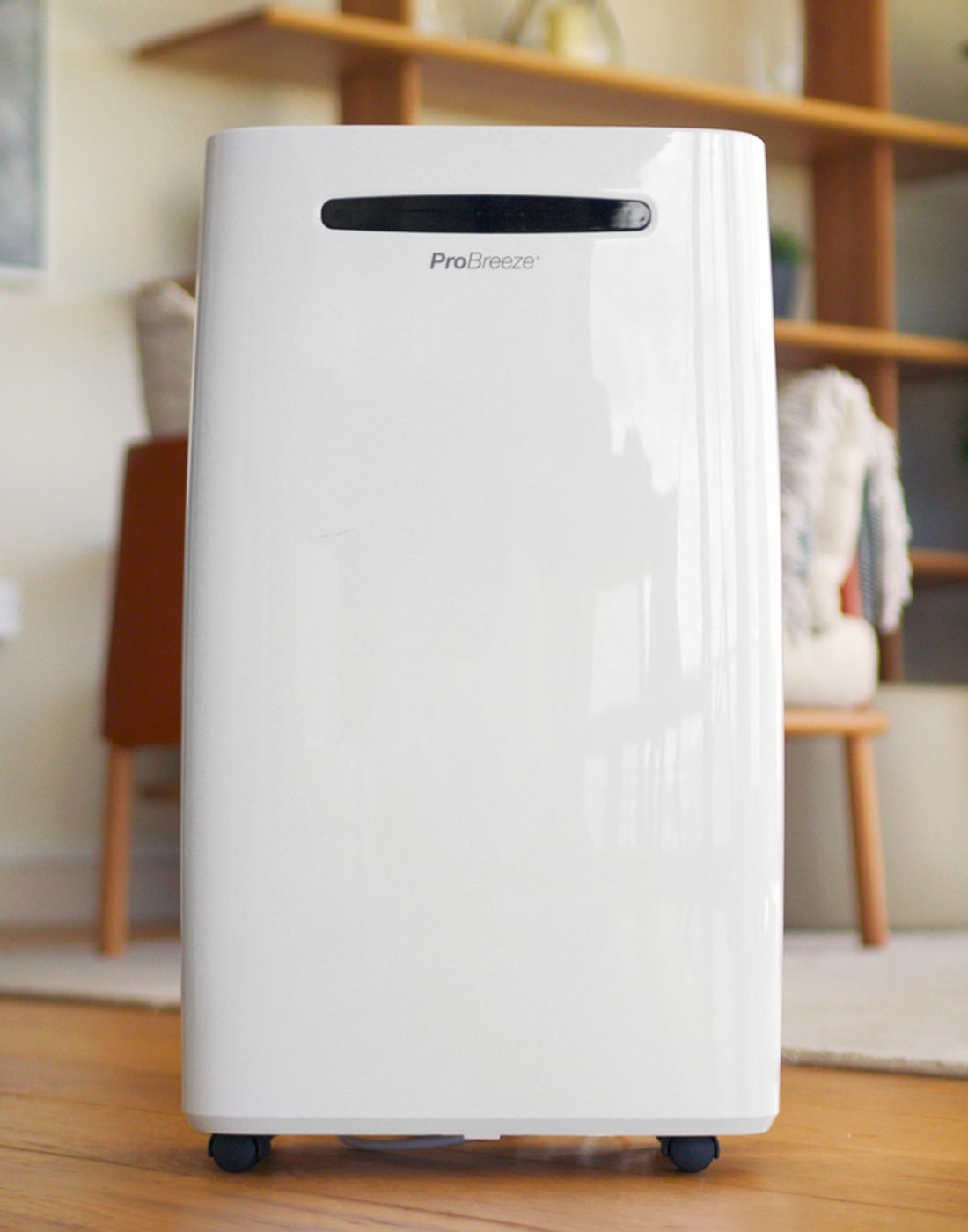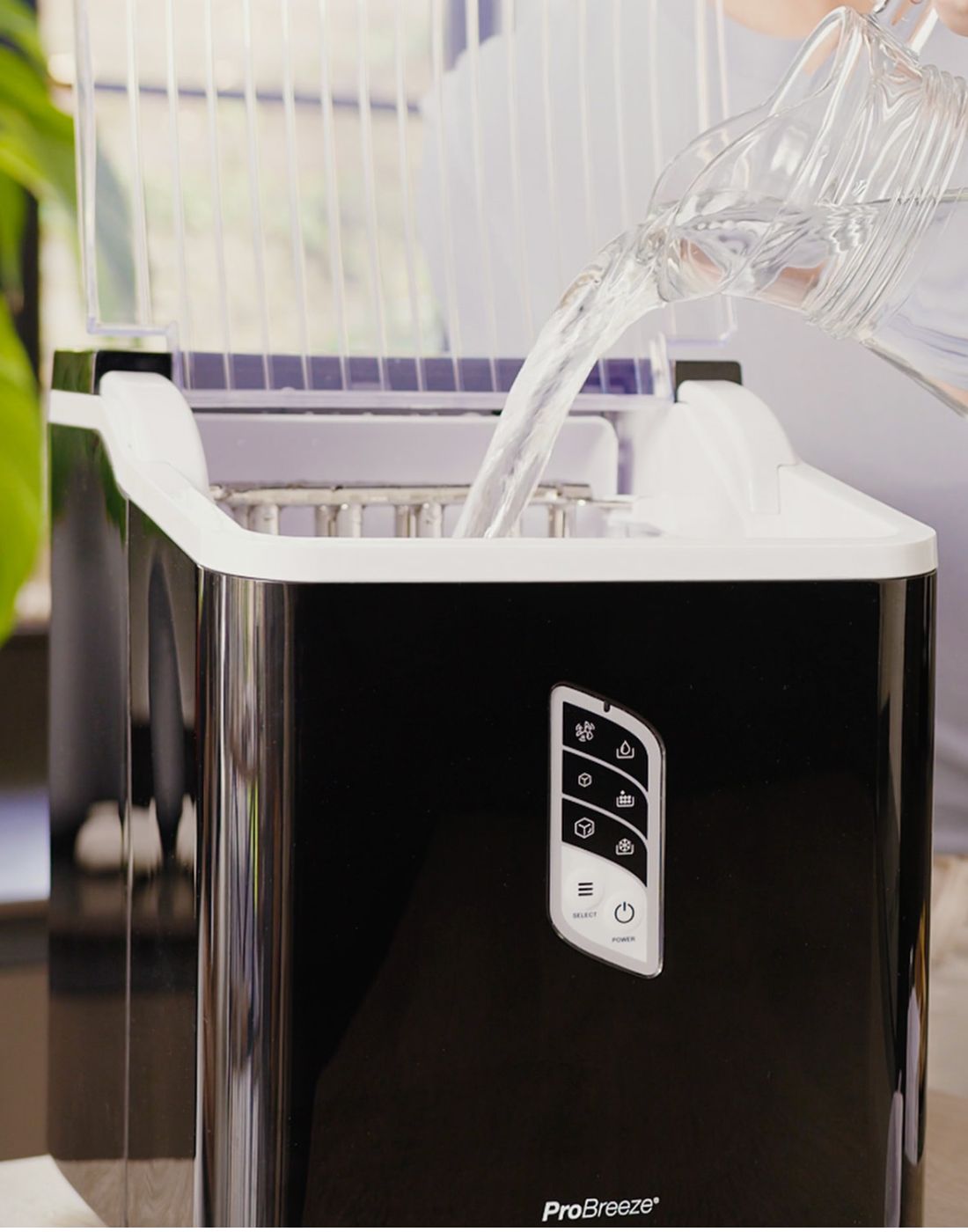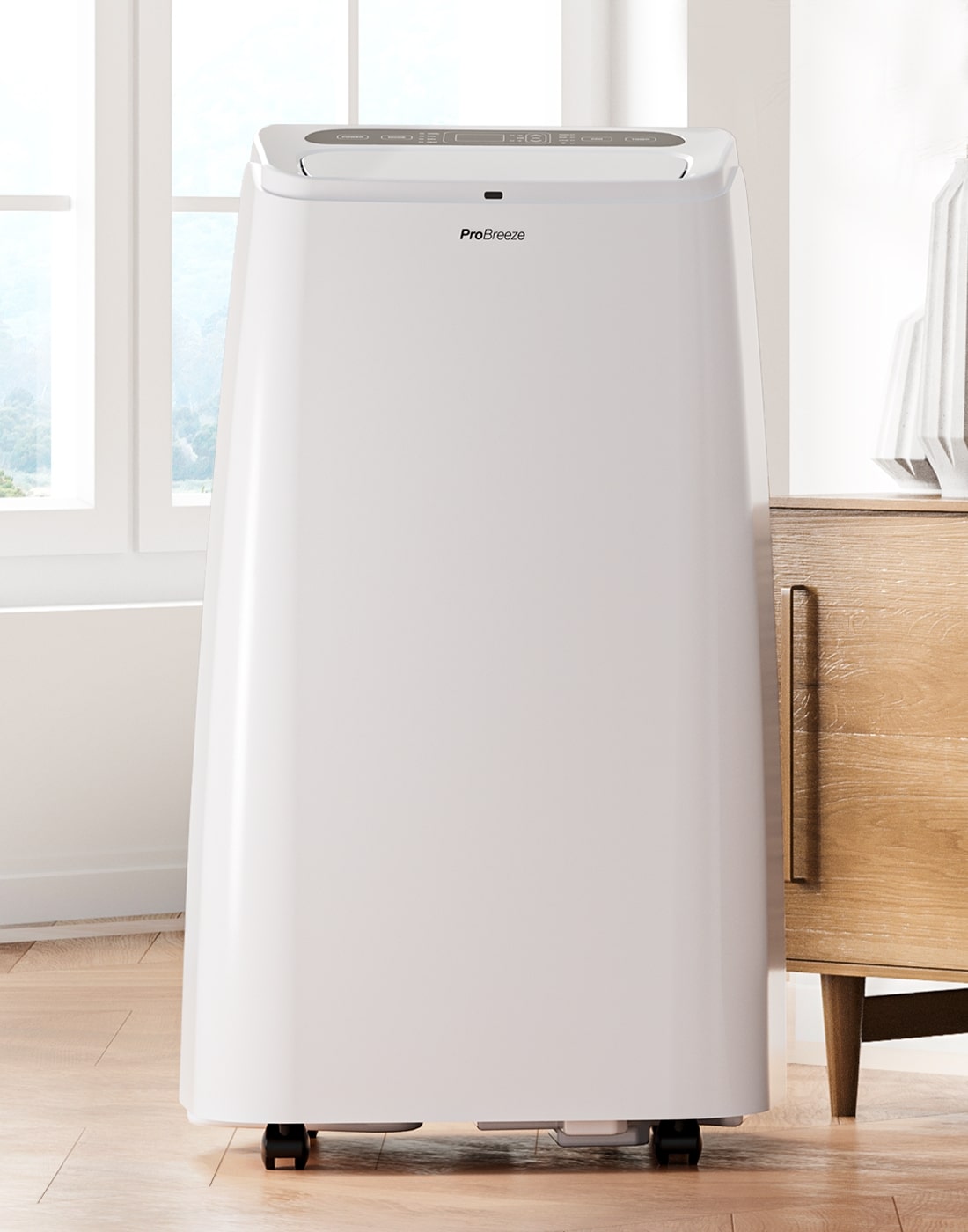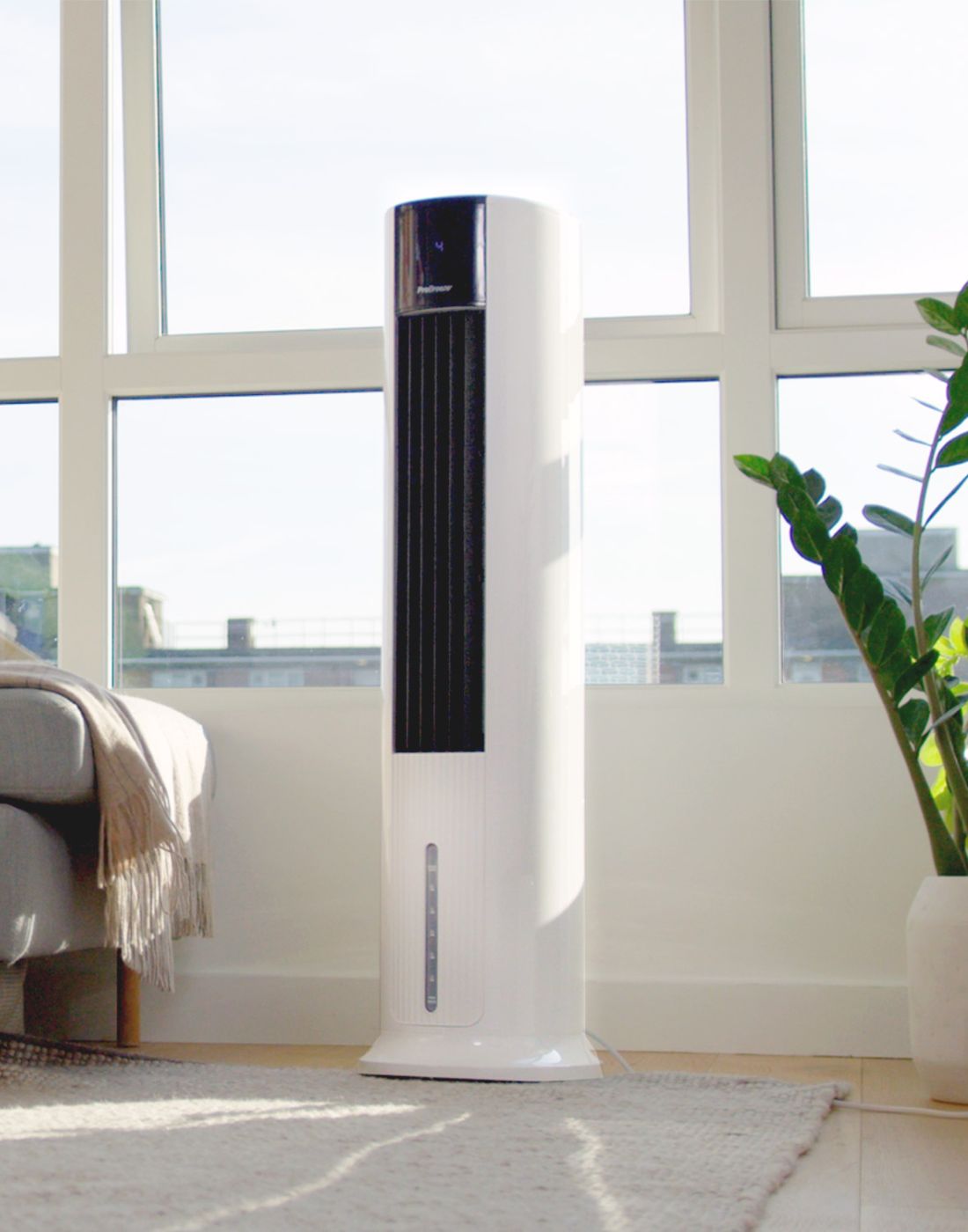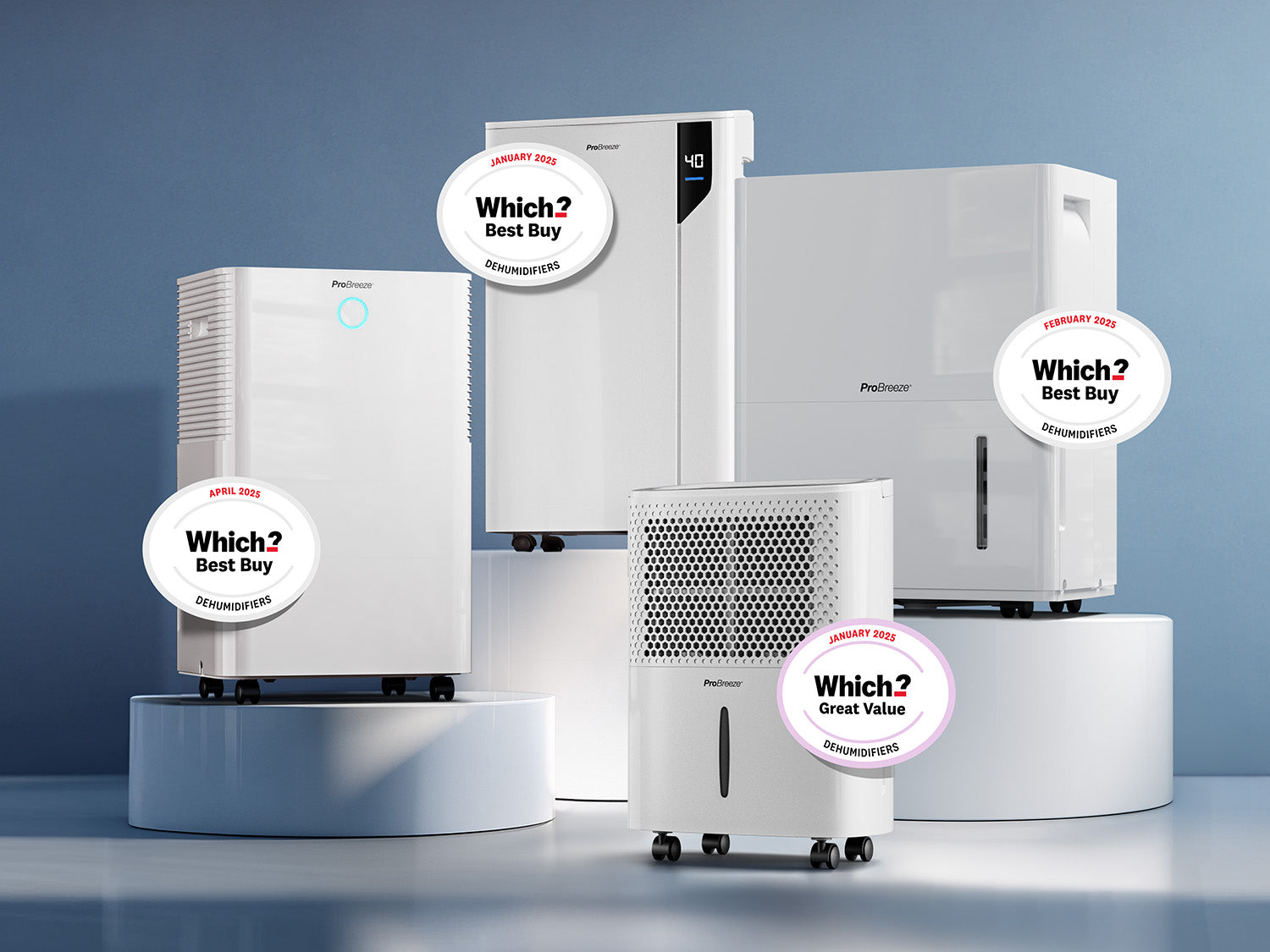When it comes to managing humidity in commercial spaces, a standard household unit just doesn't cut it. Whether you’re running a warehouse, gym, office building, or a large-scale food storage facility, high humidity levels can wreak havoc on your infrastructure, inventory, and the well-being of your employees. That’s where a commercial dehumidifier comes into play.
In this article, we’ll explain how commercial dehumidifiers work, explore the signs that your business needs an upgrade from a domestic unit, discuss the benefits of using an industrial dehumidifier, and introduce the role of a commercial desiccant dehumidifier.
Why a Standard Dehumidifier Isn’t Always Enough
Residential dehumidifiers are great for homes and small offices. But when dealing with larger areas, higher volumes of air, or environments with extreme conditions, these units often fall short. Here are some common limitations of standard dehumidifiers in commercial settings:
- Limited capacity – They struggle to extract sufficient moisture in large areas.
- Insufficient airflow – Smaller fans can’t circulate air efficiently across wide or tall spaces.
- Shorter duty cycles – Residential models aren't designed to run 24/7, leading to faster wear and tear.
- No drainage automation – Emptying a water tank manually isn’t feasible in large-scale operations.
Signs of Excess Humidity in Commercial Spaces
Before investing in a dehumidification solution, it’s important to identify the warning signs of excessive humidity. These include:
- Condensation on windows or walls
- Warping wood, rusting metal, or mould growth
- A persistent musty smell
- Increased allergens and respiratory discomfort
- Equipment malfunction due to moisture
- Damp paperwork, stock or packaging damage
- Increased energy bills from overworked HVAC systems
Any of these could indicate that the current dehumidification method is insufficient and that it’s time to consider an industrial dehumidifier.
How Do Commercial Dehumidifiers Work?
At the core, all dehumidifiers function by drawing in moist air, removing the water, and releasing drier air back into the environment. What makes commercial dehumidifiers different is their efficiency, durability, and specialised technology for large-scale moisture control.
The Basic Process:
-
Air Intake: A powerful fan pulls humid air into the unit.
-
Moisture Extraction: In a refrigerant-based unit, the air passes over cooled coils, condensing moisture into water. In a commercial desiccant dehumidifier, air flows through a rotor coated with a moisture-absorbing substance (desiccant), such as silica gel.
-
Water Removal: The condensed water is either collected in a tank or continuously drained via a hose.
-
Air Reheating and Discharge: The now-dry air is reheated and expelled back into the room.
This cycle repeats continuously, efficiently reducing ambient humidity in even the toughest environments.

Commercial Compressor vs. Commercial Desiccant Dehumidifiers
When selecting a commercial dehumidifier, it’s important to choose the right type based on your environment. Two primary types are:
1. Refrigerant Compressor Dehumidifiers
- Work best in temperatures above 15°C
- Suitable for warehouses, gyms, and retail stores
- Efficient in high-humidity, warm settings
2. Commercial Desiccant Dehumidifier
- Ideal for colder environments (below 10°C)
- Used in cold storage, basements, or unheated buildings
- More effective in drying air in extreme or fluctuating temperatures
Commercial desiccant dehumidifiers employ a unique approach by utilising a rotating desiccant wheel that captures moisture even in cold air, a feature that refrigerant models often struggle with. While typically more expensive, they offer greater reliability and consistency in certain commercial applications.
Benefits of Using a Commercial Dehumidifier
Investing in an industrial dehumidifier offers numerous advantages beyond just moisture removal:
- Protects Inventory: Prevents spoilage, mould, and degradation of materials like paper, textiles, and electronics.
- Preserves Structural Integrity: Stops corrosion, wood rot, and warping in building materials.
- Improves Air Quality: Reduces allergens, mould spores, and musty odours.
- Energy Efficient: Enhances HVAC efficiency by reducing latent heat load.
- Boosts Productivity: Creates a more comfortable and healthier workspace for staff and customers.
Choosing the Right Pro Breeze Commercial Dehumidifier
Pro Breeze offers a range of high-capacity commercial dehumidifiers engineered to meet the demands of businesses, warehouses, and industrial environments. Our units include features like:
- Large water removal capacities (up to 90L per day)
- Continuous drainage systems
- Digital humidistats and timers
- Auto-defrost for low-temperature operation
- Robust wheels and handles for portability
- Durable stainless steel construction for long-term use
If you’re not sure which model suits your needs, visit our Commercial Dehumidifier Range for detailed specifications and expert recommendations.
Conclusion
Understanding how commercial dehumidifiers work is the first step in protecting your business from the hidden costs of excess moisture. When conditions call for more than a standard unit can handle, a high-quality industrial dehumidifier – or even a commercial desiccant dehumidifier for cold environments – can make a substantial difference.
Don’t let humidity compromise your equipment, inventory, or indoor air quality. Equip your space with the right commercial-grade solution from Pro Breeze and enjoy cleaner, drier air that works as hard as you do.
